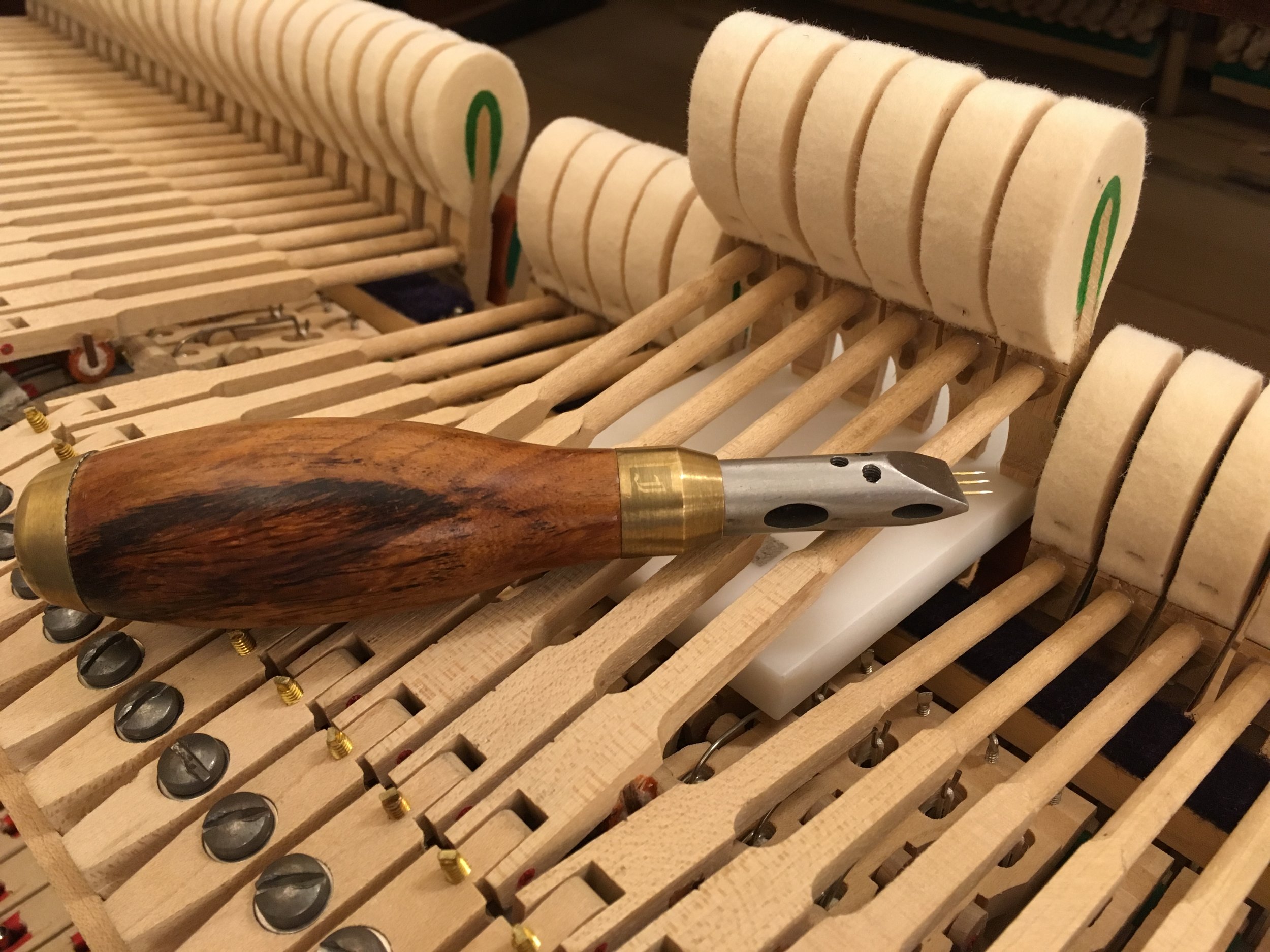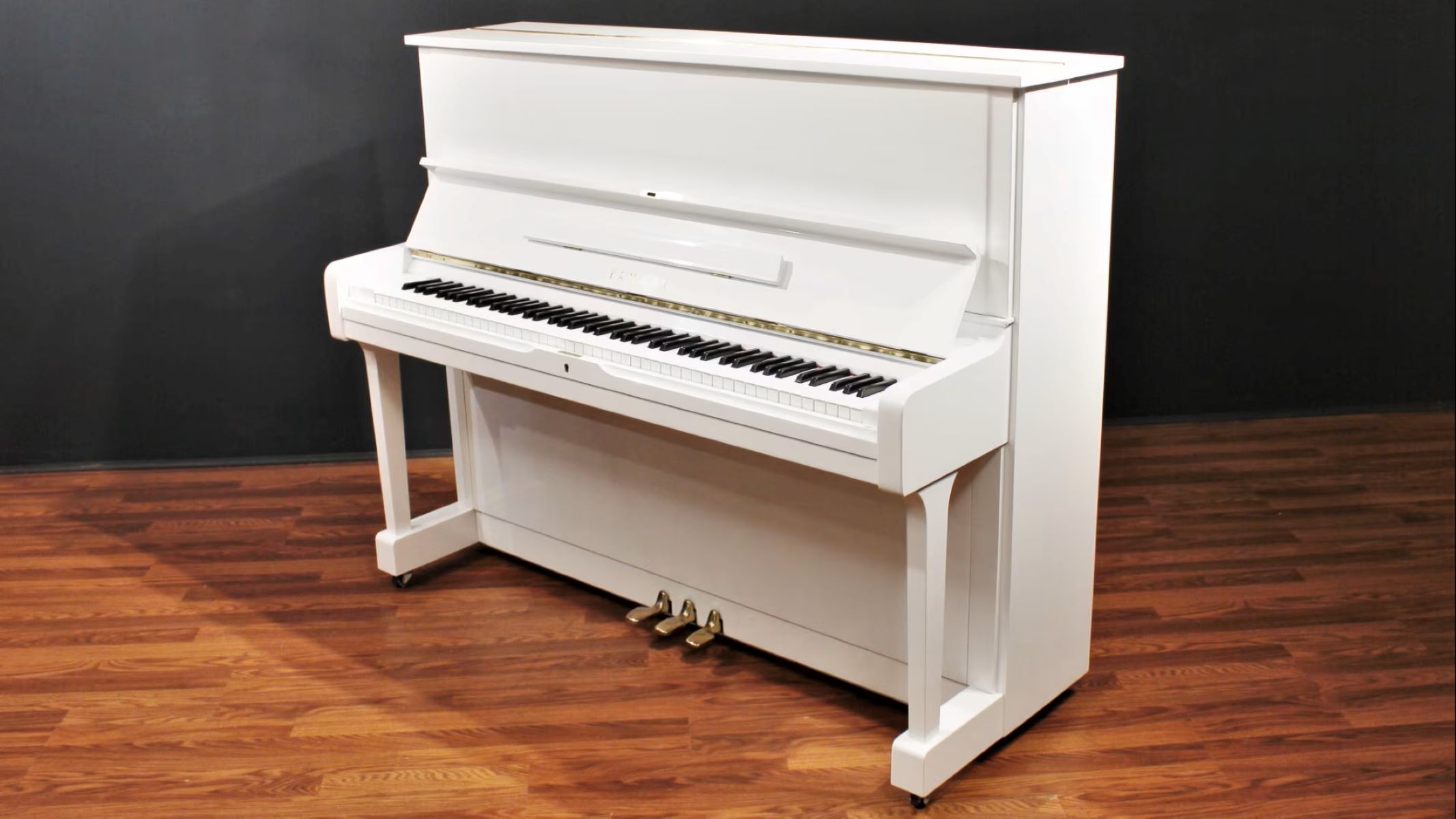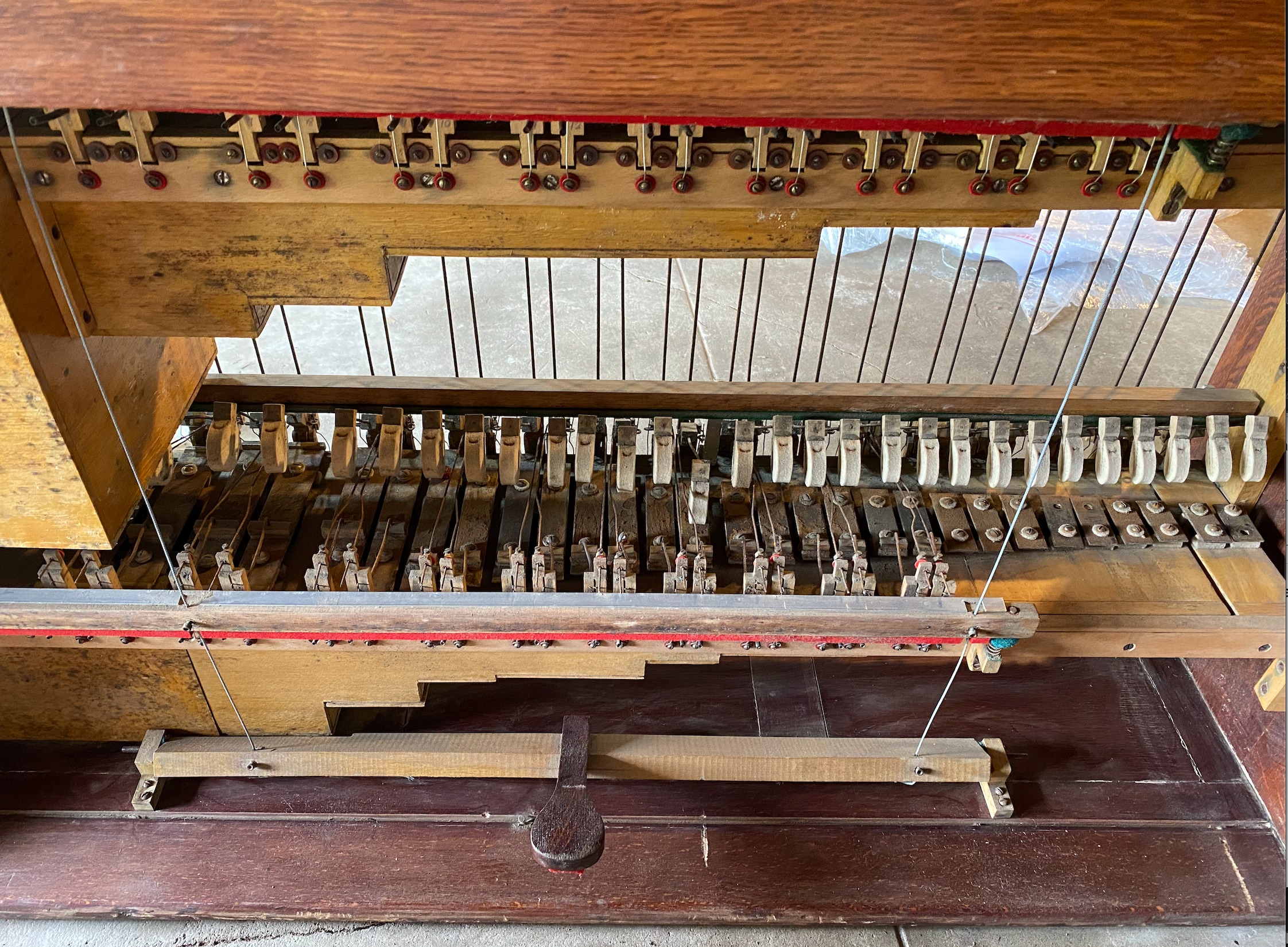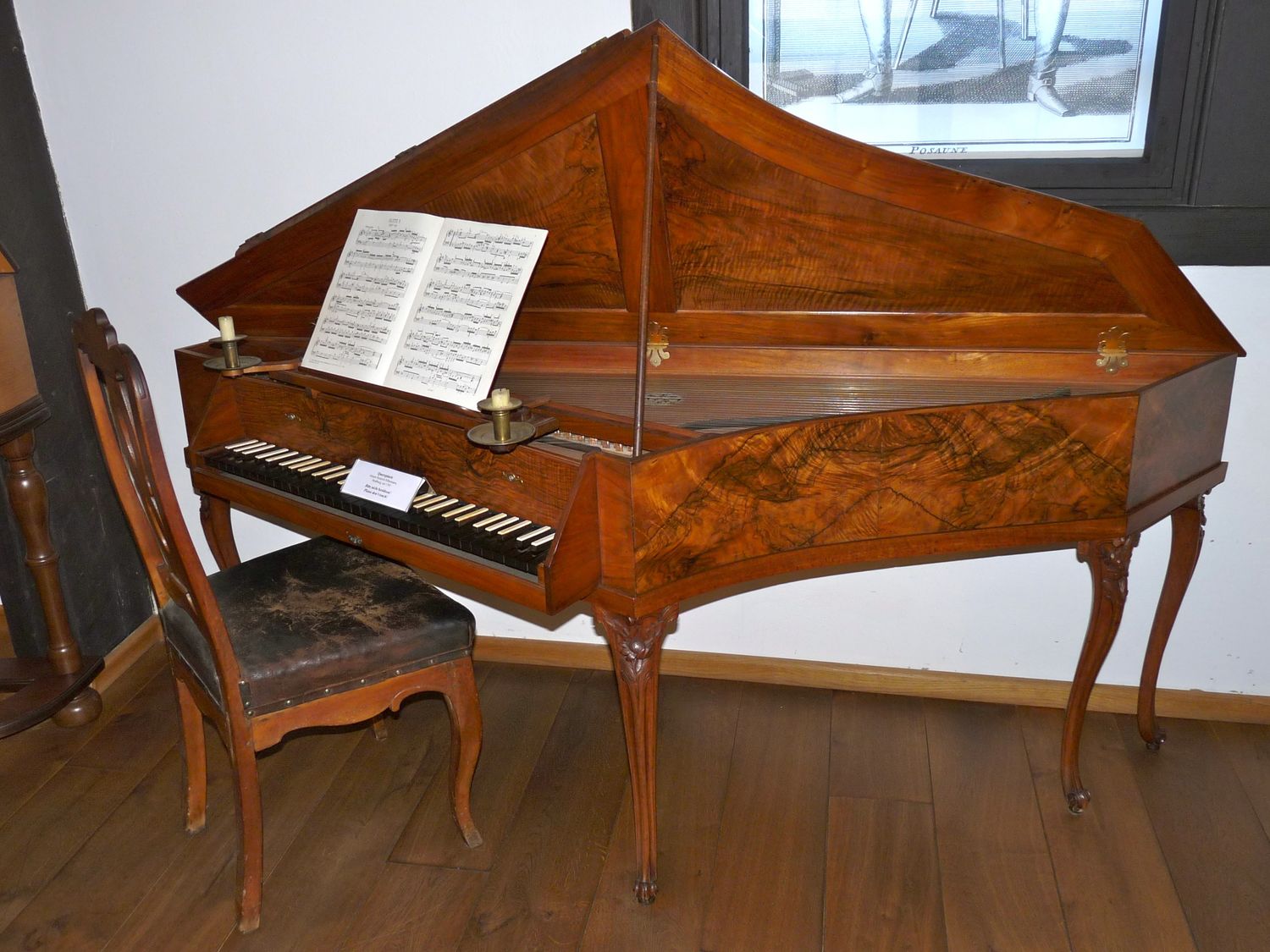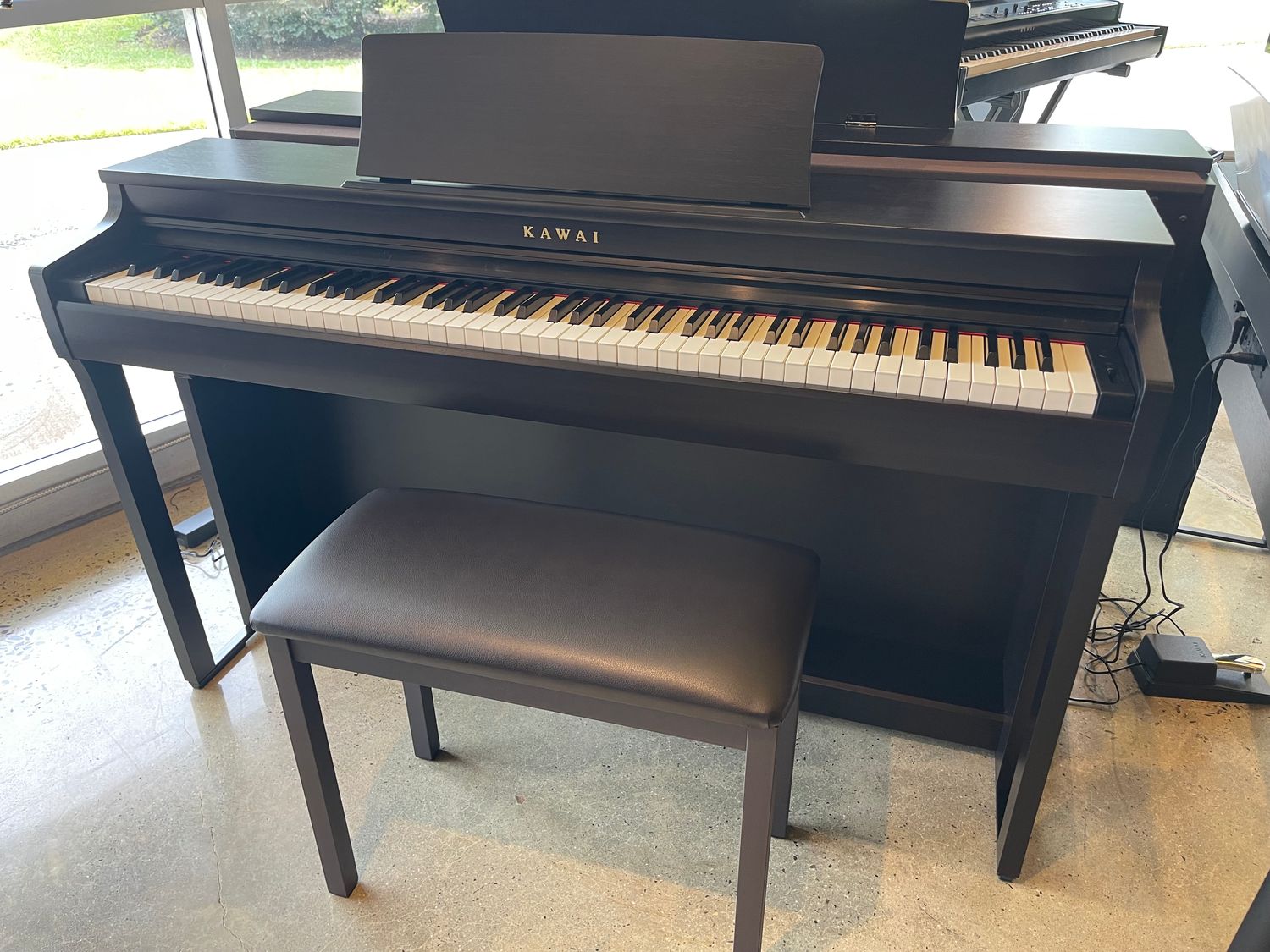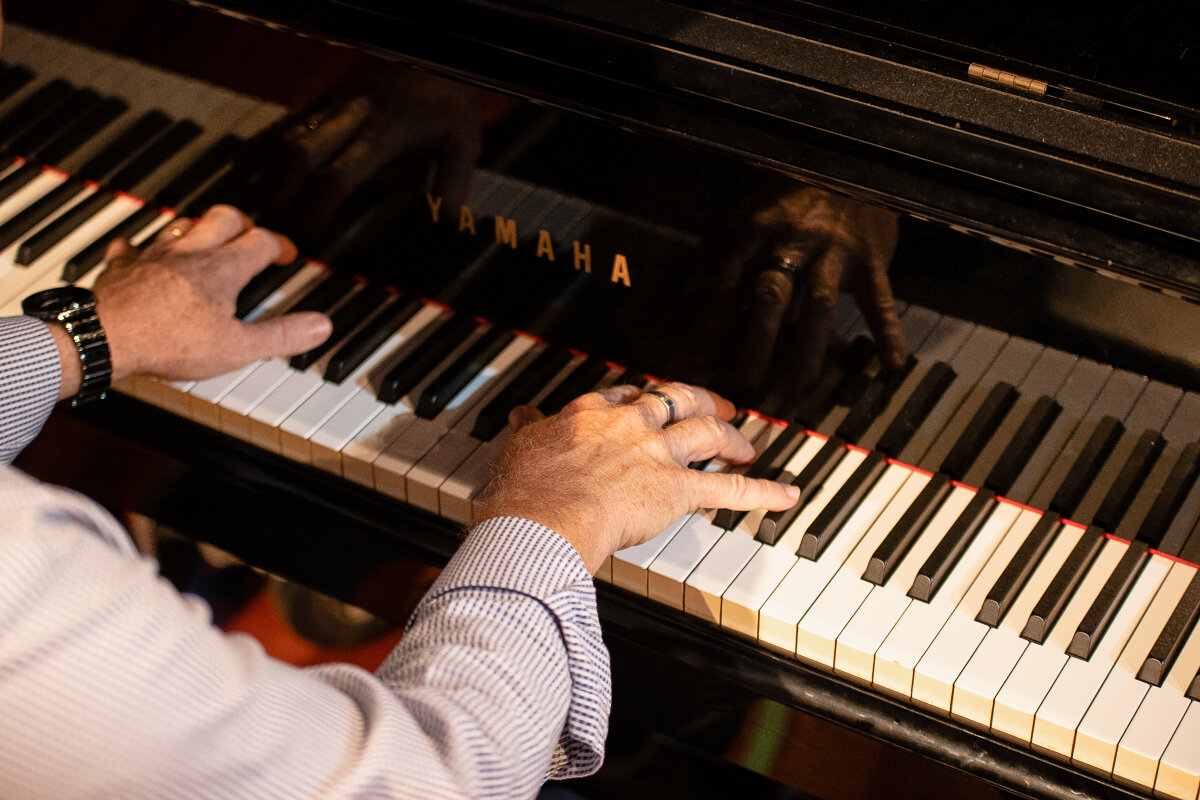Home>Instruments>Piano>What Is An Interval In Piano


Piano
What Is An Interval In Piano
Published: February 12, 2024
Learn about intervals in piano, including how to identify and play them. Discover the importance of intervals in mastering piano technique and theory.
(Many of the links in this article redirect to a specific reviewed product. Your purchase of these products through affiliate links helps to generate commission for AudioLover.com, at no extra cost. Learn more)
Table of Contents
Introduction
Playing the piano is a beautiful and intricate art form that involves a deep understanding of musical concepts and techniques. One fundamental aspect of piano playing is the understanding and application of intervals. In this article, we will delve into the world of intervals in the context of piano playing, exploring their definition, types, and significance in creating captivating melodies and harmonies.
Understanding intervals is crucial for any aspiring pianist, as it forms the foundation for playing melodies, chords, and arpeggios with precision and emotion. Whether you are a beginner eager to grasp the basics or an experienced player looking to refine your skills, a solid comprehension of intervals is essential for musical growth and proficiency.
Throughout this article, we will explore the various types of intervals, their significance in piano playing, and the training methods that can help pianists master these essential musical building blocks. By the end of this journey, you will have a deeper appreciation for the role of intervals in piano music and how they contribute to the rich tapestry of sound that the instrument can produce.
Definition of an Interval
At its core, an interval in music refers to the distance between two pitches. In the context of piano playing, this distance is measured in terms of the number of half steps or semitones between the two notes. Understanding intervals is crucial for pianists as it allows them to grasp the relationship between notes and create harmonious and melodious compositions.
Intervals are classified based on their size, which is determined by the number of half steps they encompass. The smallest interval in Western music is the half step, which is the distance between two adjacent keys on the piano, regardless of whether they are white or black keys. On the other hand, a whole step consists of two half steps. These basic building blocks form the foundation for understanding more complex intervals.
Intervals are also characterized by their quality, which is determined by their specific sound, whether it is perfect, major, minor, augmented, or diminished. For instance, a perfect fifth interval is known for its stable and consonant sound, while a minor second interval conveys a dissonant and tense quality.
Understanding the concept of intervals is akin to unlocking a musical language that allows pianists to communicate and express themselves through their playing. By comprehending the nuances of intervals, pianists can create captivating melodies, harmonies, and chord progressions that resonate with their audience on a profound level.
Types of Intervals
Intervals in music are categorized based on their size and quality, resulting in a diverse range of musical distances that contribute to the rich tapestry of piano music. Understanding the various types of intervals is essential for pianists, as it enables them to navigate the keyboard with precision and creativity. Let’s explore some of the key types of intervals:
- Perfect Intervals: Perfect intervals are known for their stable and consonant sound. The perfect unison, perfect fourth, perfect fifth, and perfect octave are examples of perfect intervals that are commonly used in piano compositions.
- Major Intervals: Major intervals are characterized by their bright and uplifting sound. The major second, major third, major sixth, and major seventh are prominent examples of major intervals that contribute to the melodious nature of piano music.
- Minor Intervals: Minor intervals convey a sense of depth and emotion in music. The minor second, minor third, minor sixth, and minor seventh add a touch of melancholy and complexity to piano compositions, allowing for nuanced expression.
- Augmented Intervals: Augmented intervals are larger than perfect or major intervals, creating a sense of tension and dissonance. The augmented second, augmented fourth, and augmented fifth are examples of augmented intervals that add a unique flavor to piano melodies.
- Diminished Intervals: Diminished intervals are smaller than perfect or minor intervals, contributing to a sense of unease and instability in music. The diminished unison, diminished third, diminished fifth, and diminished seventh infuse piano compositions with intriguing harmonic elements.
By familiarizing themselves with these types of intervals, pianists can expand their musical vocabulary and leverage the distinct qualities of each interval to craft compelling and emotive musical narratives. Mastery of intervals empowers pianists to create captivating melodies, harmonies, and chord progressions that resonate deeply with listeners.
How Intervals Are Used in Piano
Intervals serve as the building blocks of melody, harmony, and chord progressions in piano music, playing a pivotal role in shaping the emotional and expressive qualities of a composition. Understanding how intervals are used in piano playing is essential for pianists looking to infuse their performances with depth and artistry.
When playing melodies, pianists utilize intervals to create movement and convey emotion. By carefully selecting and sequencing intervals, they can craft melodies that evoke a wide range of feelings, from joy and serenity to longing and introspection. The precise placement of intervals within a melody contributes to its overall character and narrative, allowing pianists to communicate their artistic vision through their playing.
In the realm of harmony, intervals are employed to construct chords and arpeggios that underpin the harmonic framework of a piece. Whether it’s the rich resonance of a major chord, the bittersweet quality of a minor chord, or the ethereal allure of an augmented chord, the specific intervals within these chords define their tonal color and impact on the listener. Additionally, the spacing and voicing of intervals within chord progressions contribute to the ebb and flow of tension and resolution, guiding the emotional trajectory of the music.
Furthermore, intervals play a crucial role in improvisation and musical expression on the piano. As pianists explore spontaneous musical ideas and motifs, their command of intervals allows them to navigate the keyboard with fluency and inventiveness, weaving together a tapestry of melodic and harmonic elements in real time. This improvisational freedom, rooted in a deep understanding of intervals, empowers pianists to engage in musical conversations and create captivating performances that captivate audiences.
Overall, the strategic use of intervals in piano playing enables pianists to breathe life into compositions, infusing them with nuance, emotion, and individuality. By harnessing the power of intervals, pianists can unlock a world of musical possibilities and convey their artistic essence through the timeless language of piano music.
Interval Training for Piano Players
Mastering intervals is a fundamental aspect of piano playing, and dedicated interval training can significantly enhance a pianist’s musical proficiency and fluency. By incorporating targeted exercises and practice routines, piano players can sharpen their interval recognition, finger dexterity, and overall musicality. Here are some effective interval training strategies for piano players:
- Interval Recognition: Developing the ability to quickly identify and play various intervals is essential for honing a pianist’s musical ear. Utilizing interval recognition apps, practicing interval identification drills, and incorporating interval training into daily practice sessions can strengthen a pianist’s grasp of intervals, enabling them to navigate the keyboard with confidence and accuracy.
- Finger Independence Exercises: Piano players can benefit from exercises that focus on finger independence and coordination, as these skills are crucial for executing intervals smoothly and precisely. Scales, arpeggios, and specialized finger independence drills can help pianists build the necessary dexterity to navigate intervals of varying sizes and qualities.
- Intervallic Sight-Reading: Incorporating intervallic sight-reading exercises into practice routines can enhance a pianist’s ability to interpret and perform music with fluency. By engaging with musical passages that emphasize intervals, pianists can develop a keen understanding of interval patterns and their musical implications, ultimately enhancing their sight-reading proficiency.
- Ear Training: Engaging in ear training exercises, such as interval identification, melodic dictation, and harmonic recognition, can refine a pianist’s auditory perception and deepen their understanding of intervals within the context of music. Ear training fosters a strong connection between a pianist’s musical intuition and their ability to interpret and express intervals with precision.
- Applied Interval Practice: Integrating interval practice within the context of repertoire pieces allows piano players to directly apply their interval training to musical works. By consciously recognizing and interpreting intervals within compositions, pianists can enrich their performances with nuanced phrasing, expressive nuances, and a heightened awareness of intervallic relationships.
Consistent and focused interval training empowers piano players to internalize intervals, fostering a seamless integration of interval recognition, technical proficiency, and musical interpretation. As pianists dedicate themselves to interval training, they cultivate a deep-rooted fluency in navigating the intricate landscape of intervals, ultimately elevating their musical expression and performance prowess.
Conclusion
Intervals form the very fabric of piano music, serving as the essential building blocks that shape melodies, harmonies, and musical expression. As pianists embark on their musical journey, a profound understanding of intervals paves the way for artistic growth, technical proficiency, and emotive storytelling through their performances. By grasping the nuances of intervals and their diverse qualities, piano players gain the ability to convey a spectrum of emotions and moods, from exuberance to contemplation, within their musical narratives.
Throughout this exploration, we’ve uncovered the significance of intervals in piano playing, from their foundational role in constructing chords and arpeggios to their influence on the emotive power of melodies. Moreover, we’ve delved into effective interval training strategies, highlighting the importance of interval recognition, finger dexterity, and ear training in honing a pianist’s command of intervals.
Ultimately, the mastery of intervals empowers piano players to communicate their artistic vision with clarity and depth, enabling them to craft performances that resonate with audiences on a profound level. As pianists continue to immerse themselves in interval training and musical exploration, they embark on a transformative journey that elevates their playing, enriches their interpretations, and infuses their music with a captivating blend of technical prowess and emotional resonance.
In the world of piano music, intervals stand as the gateway to boundless creativity and expressive potential, inviting pianists to unlock the myriad possibilities that lie within the spaces between notes. Through dedicated practice, artistic curiosity, and a deep appreciation for the art of intervallic expression, piano players embark on a lifelong odyssey of musical discovery, guided by the timeless allure of intervals and their transformative impact on the tapestry of piano music.

